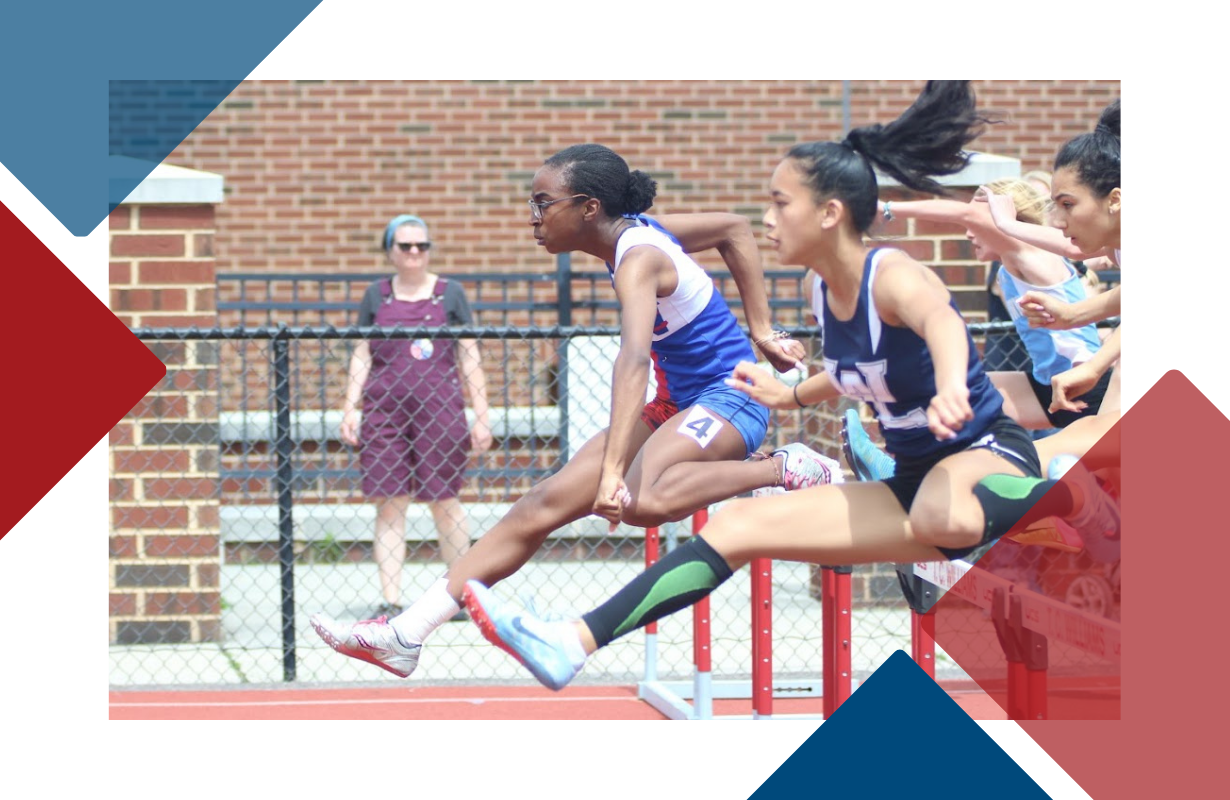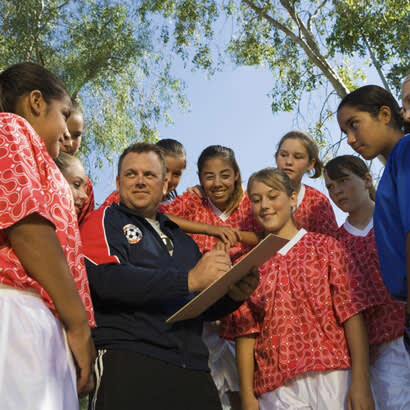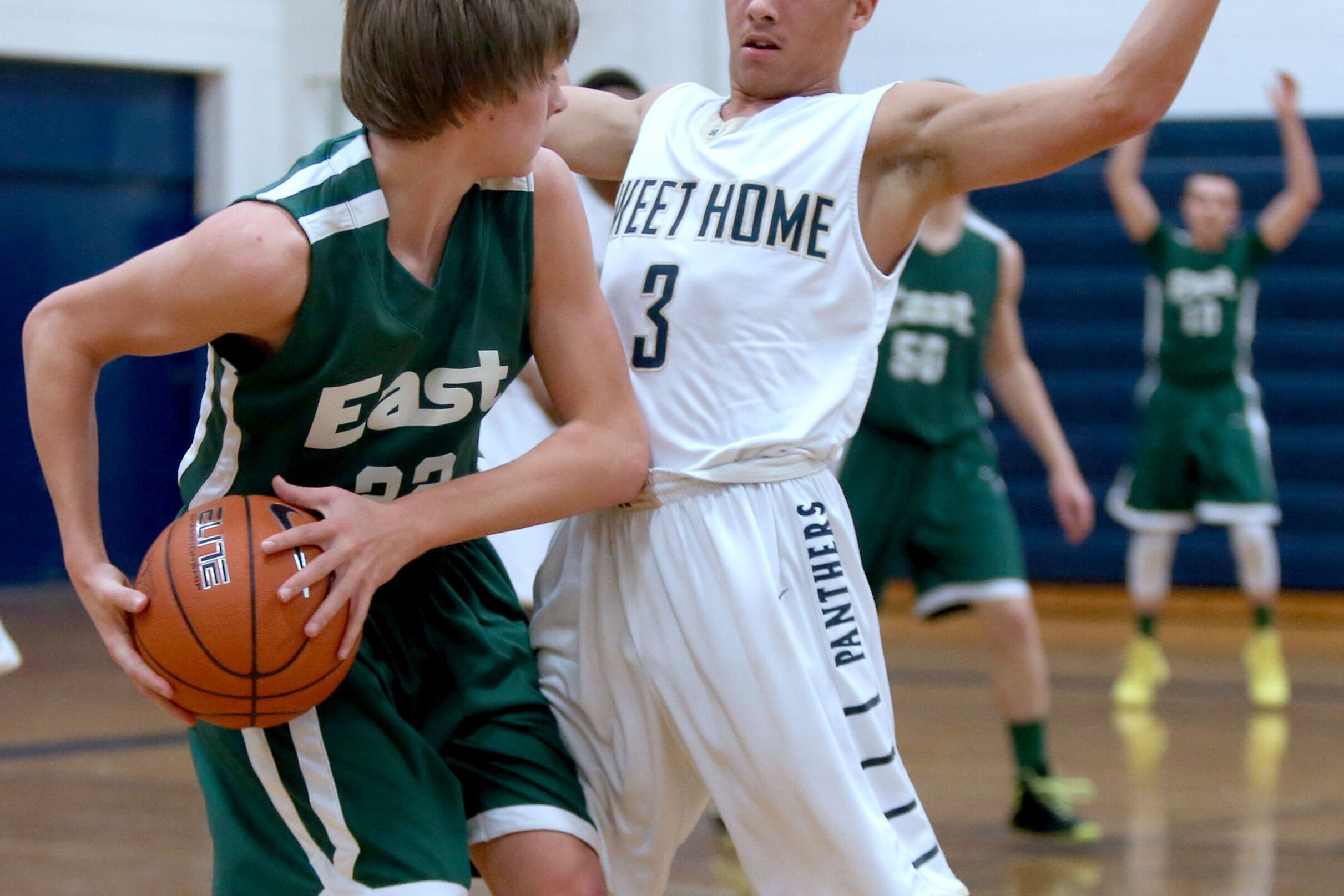With schools and organized sports in all forms largely shut down amid a nationwide effort to contain the coronavirus pandemic, virtual training has emerged as a go-to mechanism for leagues, coaches and parents to keep kids engaged in sport activities. Youth training apps have experienced major increases in usage over the past two weeks.
HomeCourt, a basketball app that uses cameras to capture and analyze athlete performance to help them train, was ranked No. 1 as of March 24 on Apple’s free sports apps. To put that in perspective, a basketball training app is now ranked higher than ESPN, NBA and NFL apps. Techne Futbol, Rack Performance, SmartCoach Basketball Training, TopYa! Soccer, DribbleUp Soccer and DribbleUp Basketball are other training platforms that cracked Apple’s top 35.
HomeCourt tracked two million dribbles a day in 180 countries during the week of March 16, up four times from the previous week, according to Alex Wu, HomeCourt vice president of strategy and partnerships.
“What we’ve seen are a lot of parents trying to find PE and recess periods for kids while doing remote learning,” Wu said. “We also have a lot of coaches and clients who can’t physically be together, so everybody is looking for different ways to stay connected.”
Last week, HomeCourt made its services free for anyone through April 30. HomeCourt, a partner of the NBA, usually costs $7.99 per month or $69.99 per year for four subscriptions. “Everybody is hurting right now,” Wu said. “We want to do our part.”
Wu said the rise of virtual training won’t replace in-person training once sports return. But this explosion, while a boon for young athletes looking to stay active, raises some questions. How do youth and parents know when to stop practicing? If kids have all of this down time, couldn’t too much HomeCourt (or other virtual training platforms) result in overuse injuries?
“Honestly, it’s pretty hard for kids to know when to stop, or any athlete to know,” Wu said. “One thing we might be able to do in the future through (artificial intelligence) is design the environment differently. We can nudge the right behavior. If you worked out five days in a row for two hours each day, we might say, ‘Hey, slow down,’ in the app. ‘Go look at some game footage. Do some yoga.’
“One idea we’re thinking about is factoring in rest days into the calendar on the app based on when you have a game and practice. We can’t force anybody to do these things, but it’s all in the design. You could gamify it and give credit to the users who actually do these things. You provide the users real value and show that rest and recovery is as important as the workout in order to prolong the athletes’ career.”
Techne Futbol, an app developed by former U.S. women’s national team player Yael Averbuch, promotes unlimited access to guided soccer drills. App usage is up 30 times since the shutdown and hundreds of clubs have signed up, Averbuch said.
“We never planned for something like this business-wise, but in some small way, we’re giving people something hopeful during this time,” she said.
With no team practices, clubs are substituting Techne Futbol (designed for individual training) as the full curriculum. Players in the app can see how much their teammates are training. They can compete against other on drills. Coaches can track how the players are using the app.
“We always recommend, especially right now, that coaches have clear expectations of what they’re providing in individual training and then follow up the next week with praise for those doing well,” Averbuch said. “There are a lot of check-ins that need to happen now. Are you able to progress as an athlete? But also, are you OK as a human being?”
An individual subscription to Techne Futbol costs $37.99 per month or $279.99 a year. Teams pay $1,500 a year or $150 per month. Clubs pay $2,000 annually plus $50 per team. Financial scholarships are available and potentially renewed annually based on how often a player, team or club uses the service.
“From the get-go, it was really important to me that if a player is dedicated and wants to use the resources, they can always use it,” Averbuch said. “I’ll never say no. Same thing with clubs and teams. We know soccer can be a costly business, especially right now when people haven’t budgeted for it. We’re creating unique situations for clubs we normally wouldn’t do.”
TopYa! Soccer, a virtual coaching app ranked No. 34 on Apple’s list as of March 28, has also experienced huge increases since the shutdown started. TopYa! reported an 865% increase in new daily users, including up 1,100% in new coach users and up 1,745% in new parent users. Player video submissions via virtual coaching have increased by 6,333%.
While Wu and Averbuch don’t believe virtual training will replace in-person training once normalcy returns, others see a new market exploding. Famer, an interactive sports coaching, training, and mentorship platform, says the usage of its app doubled almost every day during the first couple weeks of the shutdown.
“Kids forget 40% of what you show or teach them within five minutes and 90% within a week,” said Rich Abend, Famer CEO. “The coach teaches Johnny in person and what does that kid do for the next week? Nothing that you taught him. Now with virtual training you’re extending that ability to learn and you’re allowing great coaches and trainers all over the world to reach kids they never would have reached. This is the way the world was going anyway, and now the pandemic has forced that behavior.”
Do you have a topic that you would like Project Play to explore in future COVID-19 youth sports coverage? Email Jon Solomon at jon.solomon@aspeninstitute.org.
-
U.S. Center for SafeSport
Keeping Your Kids Safe Online During COVID-19 -
Detroit News
columnist John Niyo:
Our hiatus due to the pandemic may cause us to rethink the priority we put on organized youth sports -
SportsBusiness Journal
podcast:
Sports & Society Executive Director Tom Farrey joined Bill King to discuss our hope for the future of youth sports when we return. -
New York Times:
Millions of children sit at home as competitions go dark, though some are trying to play limited games. -
National PTA
podcast:
Sports & Society Program Editorial Director Jon Solomon discussed how parents can navigate the confusing youth sports system.





















